Cool Penguins Action Are Reducing Climate Change In Antarctica
Penguins action are reducing climate change in Antarctica and this can slow down the effects of Global warming in the region but how it’s possible?
Ammonia released by Penguins guano can help in cloud formation hence may help in reducing the effects of climate change according to the analysis published in communications Earth and Environment.
The conclusion is taken measurements downwind of a colony of Adelie Penguins.
Table of Contents
How Penguins Action Are Reducing Climate Change In Antarctica?
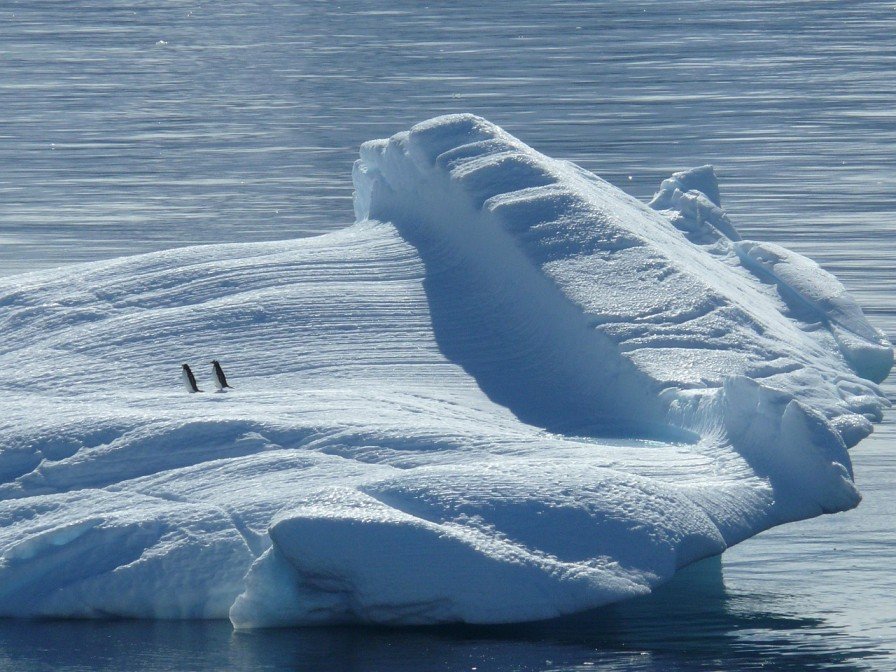
The penguins are extremely fascinating creatures and they survive in the colder regions of Earth like Antarctica and today Antarctica is facing the wrath of extreme climate change and rise of global warming which are accelerated by anthropogenic activities.
- Climate change at a severe level can melt down all the Glaciers that preserve a lot of Freshwater of Earth and it’s already melting at a high rate especially the western Antarctica
- Penguins are suffering because of recent decline in sea-ice area which can also lead to sea level rise affecting our coastal regions
- Apart from Penguins, there are also seabirds, who emit a large amount of ammonia, and this ammonia can further react with chemicals like sulfur to increase creation of the aerosols – the particles which give water vapor a surface to condense upon and further leading to the cloud formation
These clouds act as insulating layers in the atmosphere often leading to reducing the overall surface temperatures and affecting extent of sea ice coverage.
Till now, we are not completely flexible enough with our research to know the relation between Antarctica’s climate and Penguins living there and how they both interact with each other.
- There is a small observation though, when wind started flowing into the direction of 60,000 individual Adelie Penguins colony around 8 km away, at that time the ammonia concentration increased up to 13.5 parts per billion (more than 1000 times of the baseline value)and less than 10.5 times parts per trillion
- The ammonia was still 100 times more than baseline value even when in February the penguins migrated from the regions, as the penguin guano, left the colony site but still continued to emit the gas
- Now, to confirm whether ammonia concentration still affected the aerosol particle concentration, several other atmospheric measurements were recorded by authors
- Ammonia from guano reacts with sulfur-containing gases emitted by marine phytoplankton forming aerosol particles that seed clouds
- These clouds reflect the sunlight and help in cooling down the surface, this is a process that can help down slowing the glacial melt and sea-ice melt
- The lead author also expressed that there is a deep connection between ecosystem processes – being ocean phytoplankton activities as well as penguins and atmospheric processes that can have an impact on the nearby environment and the local climate.
Antarctica plays a crucial role in stabilizing global temperatures, acting as heat buffer, a carbon sink and engine behind ocean currents according to Antarctica and Antarctic and Southern Ocean Coalition and it’s currently one of the fastest warming regions on the planet.
Conclusion On Penguins Action Are Reducing Climate Change In Antarctica
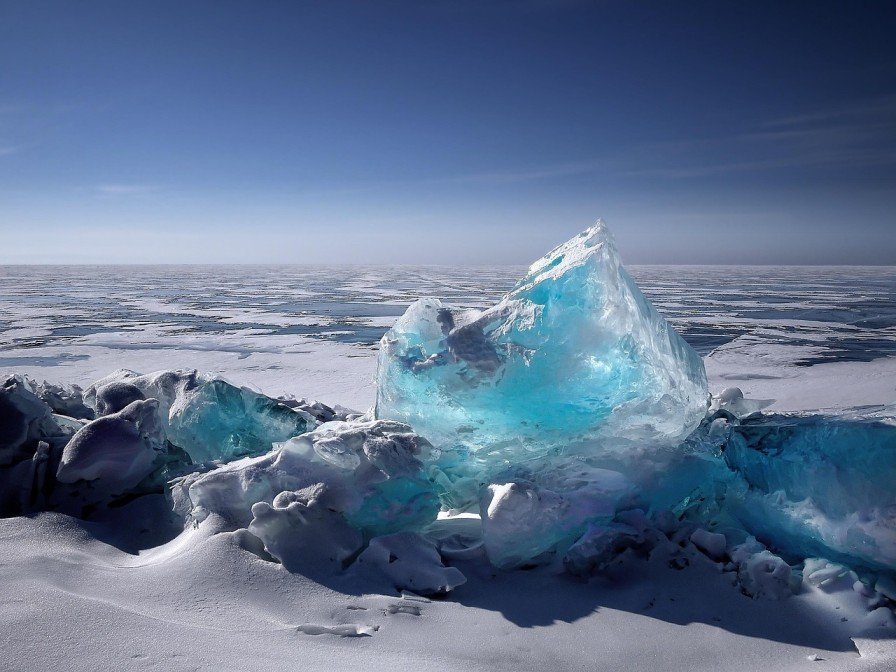
Antarctica is highly influenced by climate change but do you know that not only we humans contribute to climate change but even buildings contribute to climate change.
It’s very urgent for us to take care of our surroundings and especially we need to control our actions in order to prevent and mitigate climate change as they might even worsen the situation of the planet and this may aggressively affect the entire ecosystems present on Earth.
We only have 1 Earth, let’s save it from our brutal unnecessary actions.

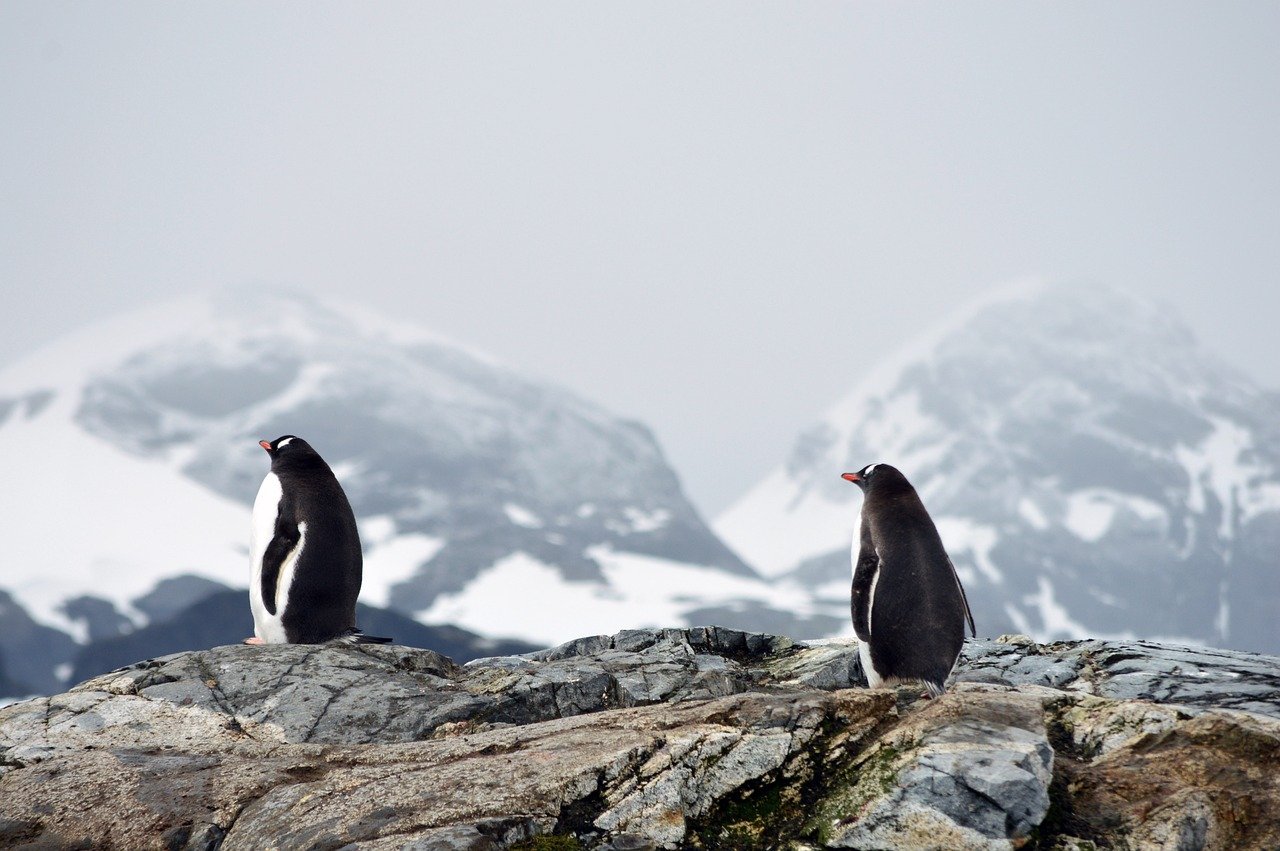
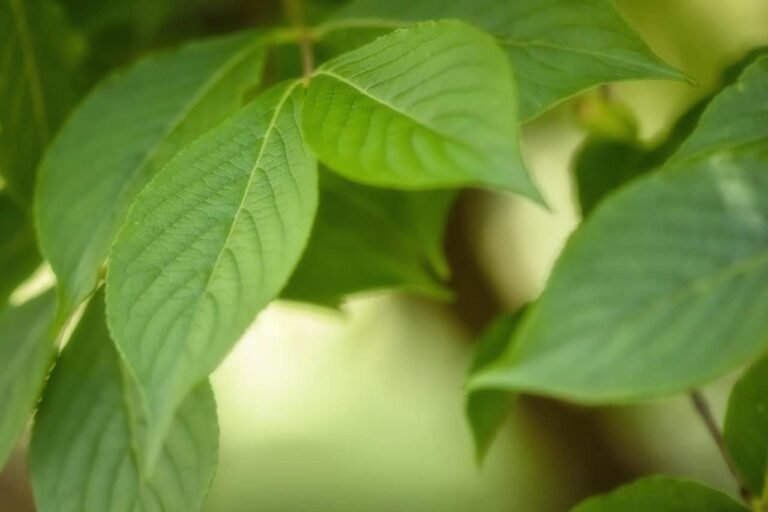

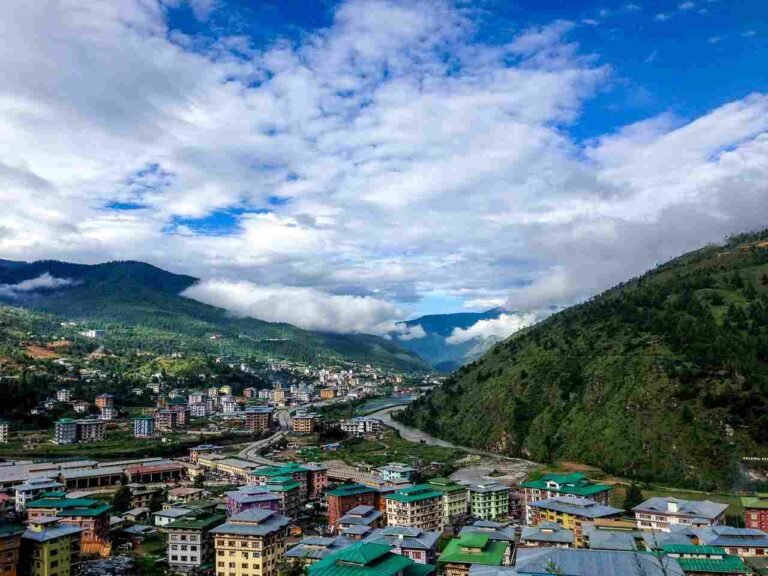


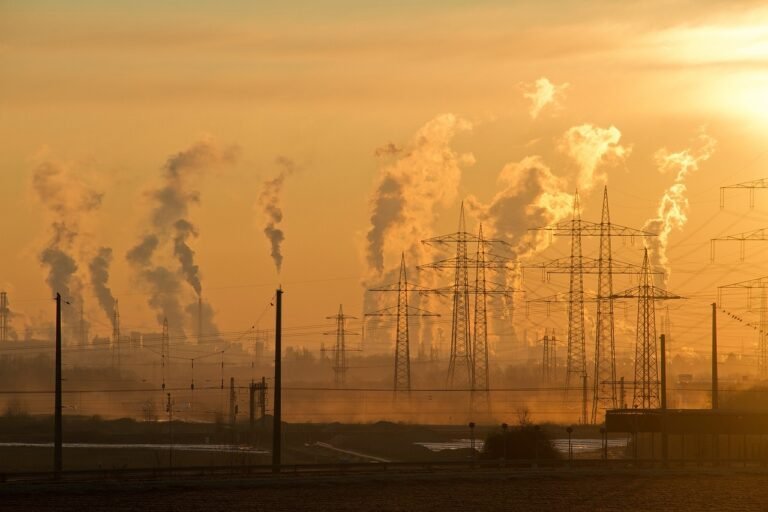
Very very interesting and amazing
Yes, thanks a lot for reading 🙂